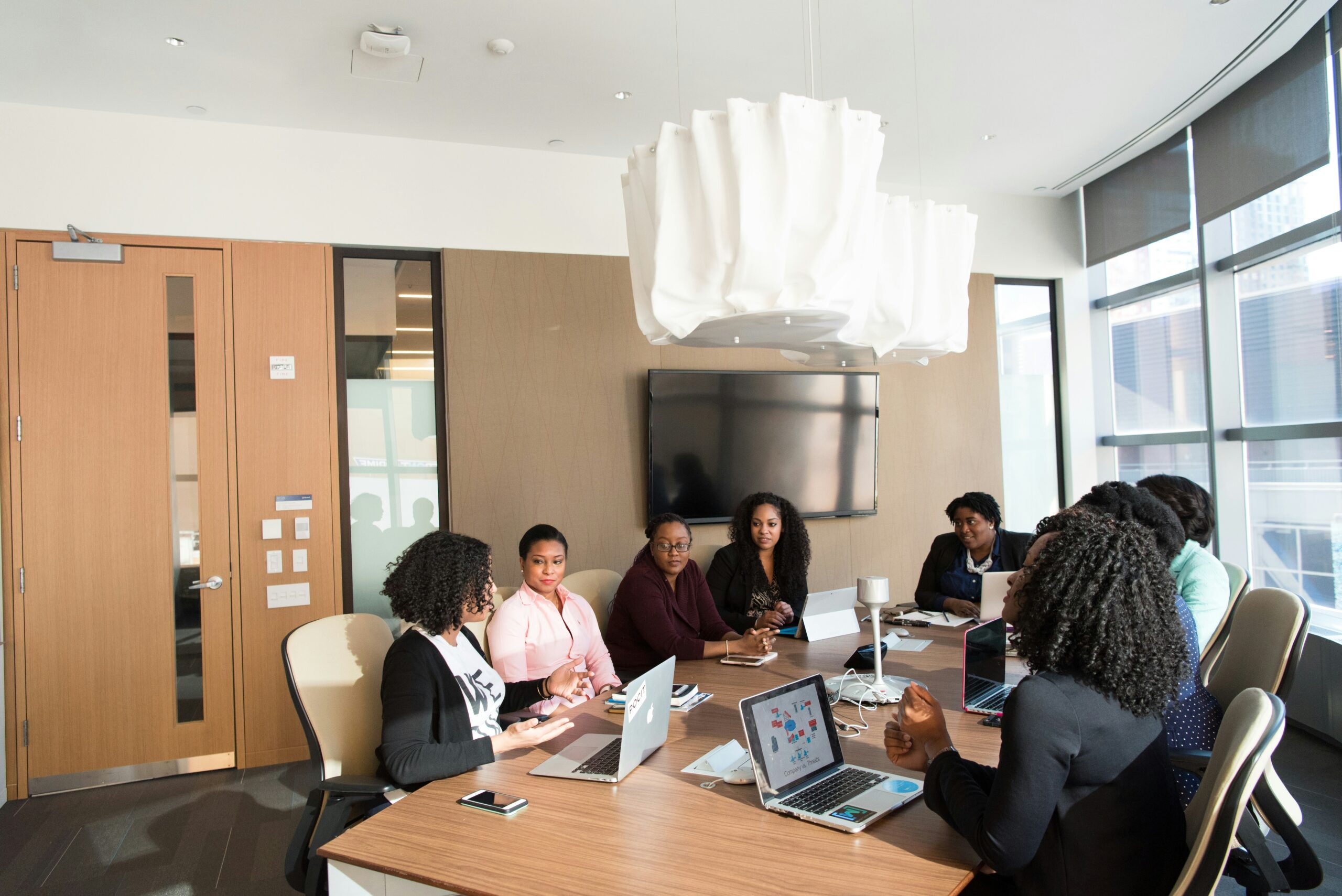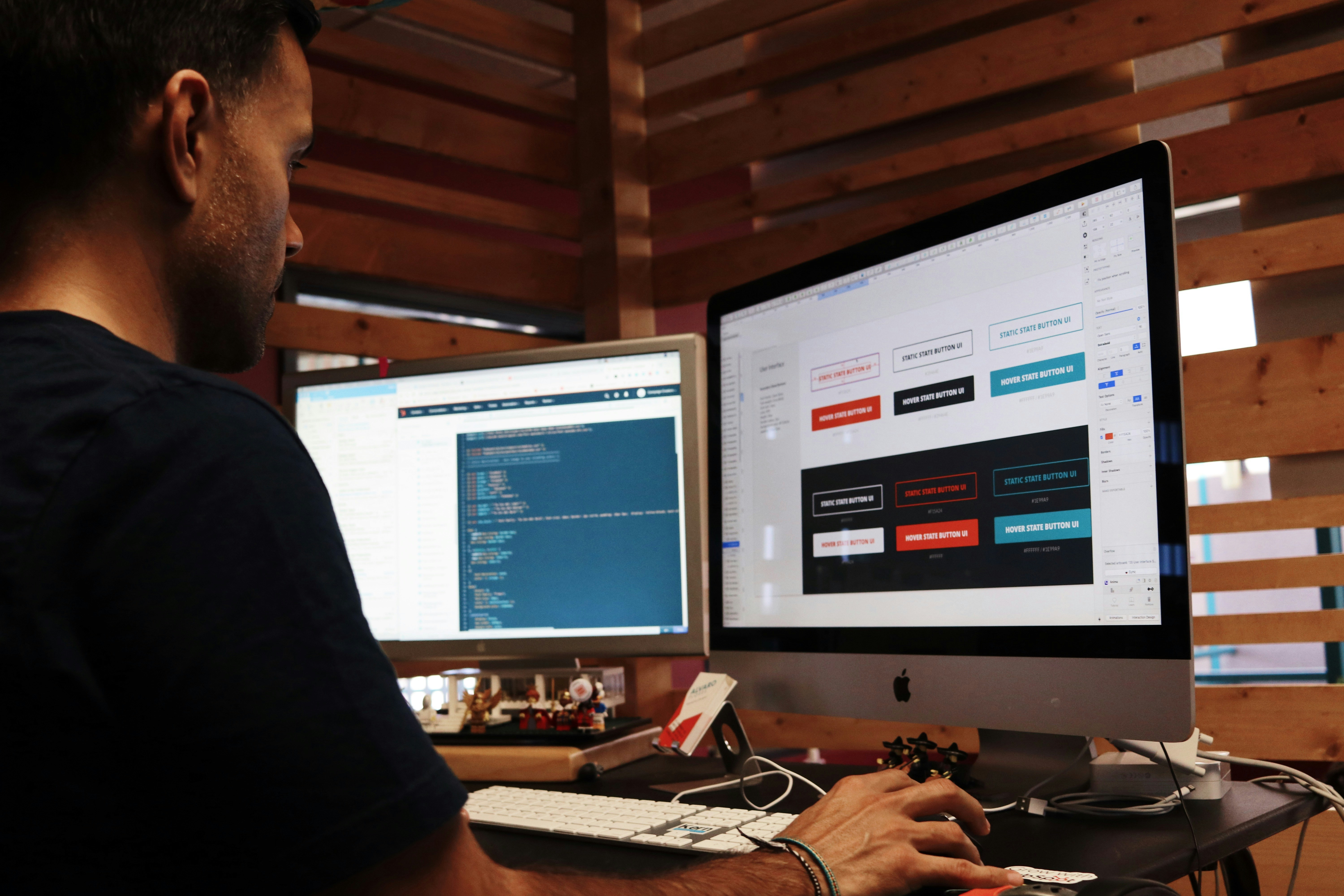Is your business struggling to attract online customers? Many companies face this challenge when choosing between SEO-focused web design and traditional design. This article will analyze the effectiveness of both approaches in boosting business outcomes and evaluate their cost implications. Readers will learn how to make informed decisions that enhance online visibility and lead generation. By addressing common concerns, this content aims to provide practical solutions to improve your website’s performance and ensure you choose the best design strategy for your needs.
Key Takeaways
- SEO-focused web design enhances visibility and increases online traffic for businesses
- Traditional design prioritizes aesthetics but may overlook crucial SEO elements
- Combining user experience with effective SEO strategies boosts conversion rates and engagement
- Evaluating design approaches helps align with business goals and target audience needs
- Investing in SEO-focused design provides long-term benefits for brand recognition and customer loyalty
Understanding SEO-Focused Web Design and Traditional Design

SEO-focused web design integrates key strategies like data analysis and content management to boost visibility in search results. In contrast, traditional web design prioritizes aesthetics and user experience without placing as much emphasis on conversion rate optimization. This section will delve into the unique characteristics of both approaches, highlighting the role of content strategy and online advertising in driving results for businesses.
Defining SEO-Focused Web Design in the Modern Marketplace
SEO-focused web design is essential for businesses aiming to improve their online presence in today’s marketplace. This approach combines elements of web design with effective strategies like marketing automation to increase visibility and relevance on search engines. By prioritizing factors such as load speed, mobile responsiveness, and structured content, businesses not only enhance user experience but also position themselves for better search engine rankings, ultimately leading to higher customer engagement and satisfaction.
Balancing SEO and Aesthetic Priorities in Web Design
Balancing SEO and aesthetics is crucial for creating a website that not only looks good but also performs well in search engine rankings. SEO-focused design incorporates essential elements such as keyword optimization, fast load times, and clear site navigation to enhance search engine visibility. However, traditional design elements like visually striking graphics and creative layouts are equally important for capturing and maintaining user attention. Businesses must find a way to combine both approaches, ensuring the website is both aesthetically pleasing and optimized for search engines to attract and retain traffic effectively.
Characteristics of Traditional Web Design and Its Core Principles
Traditional web design is characterized by its emphasis on aesthetics and user experience, prioritizing visually appealing layouts and engaging graphics. While this approach showcases a brand’s creativity, it may neglect crucial elements like SEO that can enhance online visibility. Marketers often rely on methods such as email marketing and social media marketing to complement traditional designs, yet without a solid foundation in web credibility and user-friendliness, businesses might struggle to connect with their audience effectively.
Comparing Effectiveness in Business Outcomes

SEO-focused web design plays a crucial role in improving online visibility by reducing bounce rates and implementing techniques such as lazy loading. In contrast, traditional design prioritizes user experience through engaging graphics and layout. This section will evaluate success metrics, including traffic, conversion, and customer engagement rates, to determine which approach delivers better results for businesses.
How SEO-Focused Web Design Improves Online Visibility
SEO-focused web design significantly improves online visibility by integrating user experience and accessibility into its core elements. By conducting thorough keyword research, businesses can create content that resonates with their target audience while showcasing creativity in their web layouts. This strategic approach not only elevates a website’s search engine rankings but also keeps visitors engaged, which ultimately leads to higher conversion rates and customer satisfaction.
- Incorporates user experience to keep visitors engaged.
- Focuses on accessibility to reach a broader audience.
- Utilizes keyword research to optimize content.
- Showcases creativity in web design to attract users.
- Improves search engine rankings for better visibility.
The Role of Traditional Design in User Experience
Traditional design places a strong emphasis on interactivity and aesthetics, which can create a memorable user experience. This approach often caters to user intent by highlighting visually appealing elements that capture attention, guiding visitors toward desired actions. While traditional design excels in personalization through creative layouts, businesses must ensure scalability to accommodate growing traffic and evolving audience needs, integrating more intelligent design strategies to remain competitive.
Success Metrics: Traffic, Conversion, and Engagement Rates
Analyzing success metrics such as traffic, conversion, and engagement rates reveals crucial insights into the effectiveness of SEO-focused web design compared to traditional design. SEO-driven strategies leverage content marketing techniques, enhancing overall visibility and directing more visitors to a site. This increased traffic, paired with effective navigation and user-friendly layout, can create a competitive advantage by boosting conversions and fostering deeper engagement, all while adhering to ethical, white-hat SEO practices.
Traditional Design’s Influence on Engagement and Retention Rates
Traditional design focuses on creating an engaging and immersive experience for users, which has a significant impact on user retention and engagement rates. By prioritizing visually appealing elements, compelling graphics, and creative layouts, traditional design enhances the overall aesthetic value, which can help retain visitors.
Businesses that invest in intuitive user interfaces and creative content strategies often see increased user interaction and longer site visits. This approach builds emotional connections with visitors, encouraging them to return and engage more with the content, thereby increasing brand loyalty and engagement rates over time
Analyzing Cost Implications

Understanding the cost implications of SEO-focused web design versus traditional design is vital for businesses. This section will break down the various investments involved in SEO-focused web design, explore the cost factors of traditional web design services, and assess the long-term financial impacts of each approach. Insights into analytics, sustainability in design, and the role of voice search will provide a clearer picture of how these choices affect success.
Breakdown of Investments in SEO-Focused Web Design
The investments in SEO-focused web design often include essential elements such as user interface optimization and chatbot integration, both of which enhance customer interaction. Understanding these costs helps businesses gauge their return on investment, as effective design can lead to improved engagement on social media and increased traffic. By prioritizing a solid structure for their SEO strategy, companies can maximize the value of each dollar spent, ensuring that their website not only attracts visitors but converts them into loyal customers.
Cost Factors of Traditional Web Design Services
When evaluating the cost factors of traditional web design services, businesses often encounter a range of expenses that can impact their budget. For instance, integrating features such as parallax scrolling may add to the overall development costs while enhancing user experience. Transparency in pricing structures and investment in content creation are also critical, as these elements dictate how well a web page performs in search engine results, influencing long-term online visibility.
Long-Term Financial Impacts of Each Design Approach
The long-term financial impacts of SEO-focused web design often outweigh those of traditional design by significantly enhancing online visibility and brand recognition. Through effective link-building and automation strategies, businesses can create a solid foundation that helps increase traffic and conversions over time. Additionally, attention to elements such as typography and CSS ensures a well-structured website, which not only engages users but also fosters loyalty, ultimately leading to a more sustainable return on investment.
Future Trends: The Evolution of Web Design

Anticipating changes in SEO-focused design practices is essential as businesses adapt to new strategies and technologies. This section will explore the future of traditional design methods and the impact of emerging technologies on web design behavior. Insights into topics like outsourcing, effective audits, and innovative illustration strategies will guide businesses in aligning their web design approaches with evolving market demands.
Anticipating Changes in SEO-Focused Design Practices
As businesses strive to enhance their online presence, anticipating changes in SEO-focused design practices becomes critical. This ongoing evolution emphasizes improved workflows that prioritize user engagement, incorporating elements like the alt attribute for images on landing pages. By doing so, brands can harness word of mouth more effectively, as visually appealing and accessible content encourages sharing among users, ultimately driving traffic and conversions.
What Lies Ahead for Traditional Design Methods
The landscape of traditional design methodologies is undergoing a dynamic transformation aimed at enhancing responsiveness and elevating customer experience. As businesses increasingly harness the power of metadata and empirical research to develop targeted strategies, there is a growing emphasis on methods that weave user feedback into the fabric of design prototypes.
This evolution towards a more user-centric approach in traditional web design not only aspires to create visually striking and aesthetically pleasing websites but also strives to foster optimal engagement and satisfaction, ensuring that each user’s journey is both intuitive and gratifying.
The Impact of Emerging Technologies on Web Design
The impact of emerging technologies on web design is significant, particularly in enhancing usability for users engaging in online shopping. With advancements in mobile app development, businesses can create seamless experiences that cater to mobile users who prefer browsing products on their smartphones. Furthermore, integrating robust content management systems allows for easy updates and efficient management of digital content, ensuring that businesses stay relevant and competitive in an ever-evolving landscape.
Choosing the Right Approach for Your Business

Choosing the right design approach hinges on multiple factors. Businesses should evaluate their goals against the strategies offered by web developers, ensuring alignment with their target audience. Transitioning from traditional to SEO-focused design may involve integrating machine learning techniques, which can ultimately enhance revenue and improve organizational effectiveness in attracting and retaining customers.
Factors to Consider When Deciding on a Design Model
When businesses decide on a design model, they should consider several factors to ensure optimal results. Understanding user needs is crucial, as a design that effectively engages users can boost retention and satisfaction. Additionally, evaluating server capabilities and performance is necessary to support the desired features, such as fast loading times and responsiveness, ultimately contributing to a positive user experience.
- Assess user needs for better engagement.
- Evaluate server capabilities for optimal performance.
- Consider design features that enhance user experience.
Evaluating Your Business Goals Against Design Strategies
To achieve effective results, businesses must carefully assess their specific goals and match them with appropriate web design strategies. If the objective is to increase online visibility, an SEO-focused design strategy should be prioritized, utilizing keyword optimization, responsive layouts, and structured content.
On the other hand, if the focus is on boosting conversion rates, improving user experience through fast load times, intuitive navigation, and clear calls to action becomes essential. For businesses aiming to enhance brand recognition, combining strong SEO practices with visually creative layouts helps convey a cohesive brand identity. By aligning web design choices with business goals, companies can create a website that not only meets user expectations but also drives growth and success.
Conclusion
The choice between SEO-focused web design and traditional design is crucial for businesses seeking to enhance their online presence. SEO-focused design effectively boosts visibility, engagement, and conversion rates through techniques like keyword optimization and user-friendly layouts. In contrast, traditional design excels in aesthetics but may fall short in driving measurable results without incorporating SEO strategies. Understanding these differences empowers businesses to make informed decisions that align their web design approach with their goals, ultimately leading to greater success in the digital marketplace.
